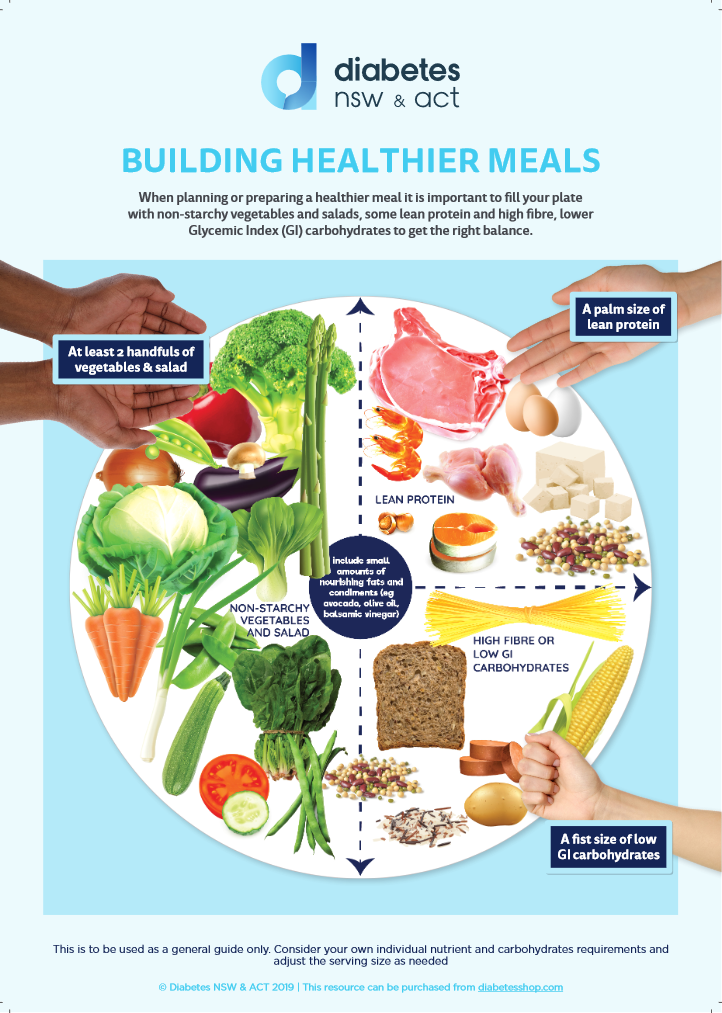One Simple Principle to Guide Your Food Choices Every Day
Dec 29, 2023
A lot of people see macro tracking as a silver bullet.
And it can be useful — both for achieving body composition goals and becoming more mindful of what you’re eating.
But relying on tracking all the time is a slippery slope. What happens when you’re invited out to dinner? Or you forget to bring your lunch to work?
That’s why a helpful approach is to equip yourself with principles and tools that can help you make good nutritional choices when the kitchen scales are out of reach.
One of those principles is Plants & Protein.
Plants & Protein
Plants & Protein is a simple framework that can help you build more balanced meals without having to track.
I first heard of it from nutritionist Mackenzie Baker.
It’s exactly what it sounds like — you aim to build most of your meals around one or two servings of lean protein, and one or two servings of fruit and/or vegetables.
Then, you can build on that foundation by adding grains, starches, and plant fats.
The result is a plate that looks something like this:

Plants & Protein is useful for a few reasons.
Firstly, these two ingredients are usually the most nutrient-dense. And more nutrients equals improved health and well-being.
They’re also the most filling, meaning you won’t need to eat as much, and you’ll stay fuller for longer — a massive win if you’re trying to manage your weight.
Plus, there’s the performance benefits.
Getting enough protein in your diet improves recovery and fuels muscle growth. Without it, you’ll never fully capitalise on your hard work in the gym.
So by prioritising plants and protein in your meals, you’re ticking a lot of health and fitness boxes.
Here’s how you can start.
A Beginner’s Guide to Plants & Protein
Prioritising Plants & Protein starts by familiarising yourself with good food sources for each.
The Plants part is pretty straightforward — if it’s a fresh fruit or non-starchy vegetable, it’s on the list.
Start by picking plants you enjoy eating. You want to grab the low-hanging fruit first (pun well and truly intended).
Protein is a bit more tricky.
Spinach, for example, contains protein. So does bread. But you’d need to eat a kilo of spinach for 30 grams of protein. Not exactly achievable. And bread contains more carbs than it does protein, which makes it a very calorie-dense protein source.
When we talk about protein, we’re referring to foods that have a high amount of protein per gram, and a relatively low amount of carbs and fats.
Think chicken, beef, fish, tofu, eggs, certain dairy products, lentils, and beans.
I recommend checking out Precision Nutrition’s What Should I Eat? Guide, and choosing protein sources you enjoy from the Eat Most section.
Then it’s just a matter of building your meals.
Initially, prioritising plants and protein usually requires a bit of a mindset change for most people.
That’s because we tend to skew our diets towards mainly carbs and fats.
Think about how you approach breakfast.
The usual thinking might be peanut butter on toast. Or cereal with milk.
They’re not bad options, but they’re also not complete meals.
Instead, start to think Plants & Protein first and foremost.
Maybe you switch to high-protein milk and add some berries to your Weetbix. Perhaps you make a smoothie with whey protein and fruit to have with your toast.
Either way, you’re ticking the Plants & Protein boxes, and building a more complete, balanced meal.
Aim for 1–2 palm-sized servings of protein and 1–2 fists of fruit and veggies. Then you can add carbs and fats in line with your energy needs.
- Prioritising Plants & Protein improves weight management, general health and wellbeing, and helps facilitate muscle growth and performance in the gym.
- Familiarise yourself with food sources you like for Plants & Protein. Use the Precision Nutrition Guide to help you.
- Switch your mindset to prioritise Plants & Protein for most of your meals. Build the foundation with Plants & Protein, then add your other ingredients.
Feeling confused about nutrition? Want straightforward advice that you can easily follow? Follow me on Instagram here.
